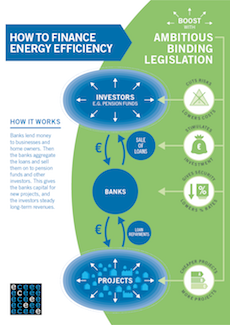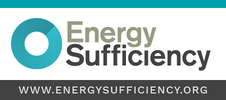Renewable hydrogen rules: how the EU and industry shot themselves in the foot
(EurActiv, 17 Jun 2022) On 20 May, the European Commission published two delegated acts clarifying EU rules applicable to renewable hydrogen. But the watered-down rules on renewable energy production following industry demands are endangering the achievement of the EU’s climate targets, writes Marta Lovisolo.
Marta Lovisolo is Policy Advisor on Renewable Energy Systems at Bellona Europa, an international environmental NGO based in Oslo, Norway.
On 20 May, nearly a year after they were first announced, the European Commission finally published two delegated acts (DAs) clarifying EU rules applicable to renewable hydrogen under the 2018 Renewable Energy Directive.
During that year, targets for renewable hydrogen were more than doubled: in doing so, the Commission gave the industry all the tools it needed to call for watered-down rules on renewable hydrogen production.
And this is exactly what the outcome of the DAs illustrates: legal uncertainty, increased consumer prices, competition issues, increased dependency on (Russian) fossil fuels, and a climate disaster in the making.
Hydrogen can be produced with electrolysers using large amounts of water and electricity. For this hydrogen to be renewable, the electricity input must be renewable.
The rules that establish under which conditions the hydrogen produced with an electrolyser can be called “renewable” are set in the two recently published DAs.
External link
![]() EurActiv, 17 Jun 2022: Renewable hydrogen rules: how the EU and industry shot themselves in the foot
EurActiv, 17 Jun 2022: Renewable hydrogen rules: how the EU and industry shot themselves in the foot










